You can't search for something you've already found, can you? In the case of deeper learning, it appears we've been doing just that: aiming in the dark a
|
|
Scooped by Beth Dichter |
Deeper Learning. Is this something new? This post explores deeper learning, sharing what it is, and what it is not. Two definitions of the term will make it clear that deeper learning is a goal of educators, but one that may not be reached.
There is an in-depth discussion of deeper learning followed by suggestions on how to put deeper learning into your practice. Five principles are shared.
1. The three competencies - cognitive, intrapersonal and interpersonal
2. Test format - learning study strategies that allow students to learn the difference between surface learning and deep learning, which requires that they be "cognitively active learning behaviors" (as opposed to "cognitively passive learning behaviors)
3. Predicting and retrieving
4. Source diversity
5. Curriculum wide adoption
Additional information is found for all the principles in the post. Click through to learn more.



 Your new post is loading...
Your new post is loading...
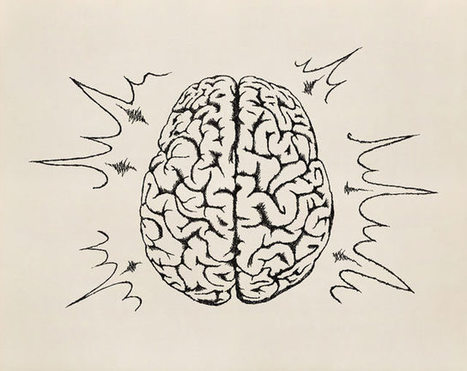





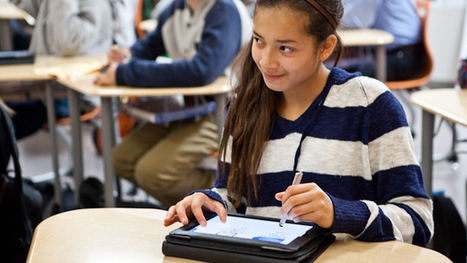
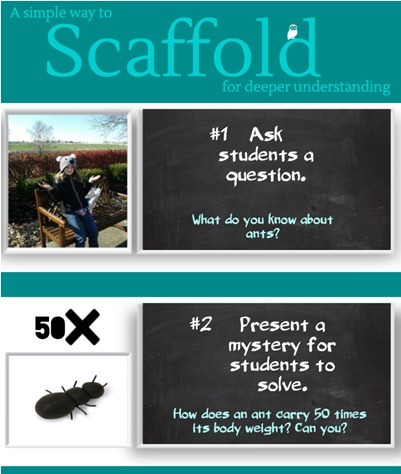

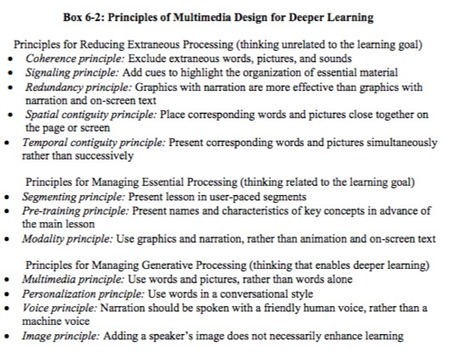

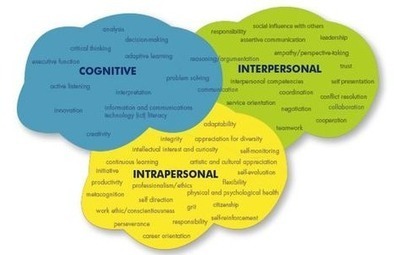
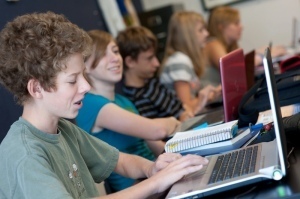
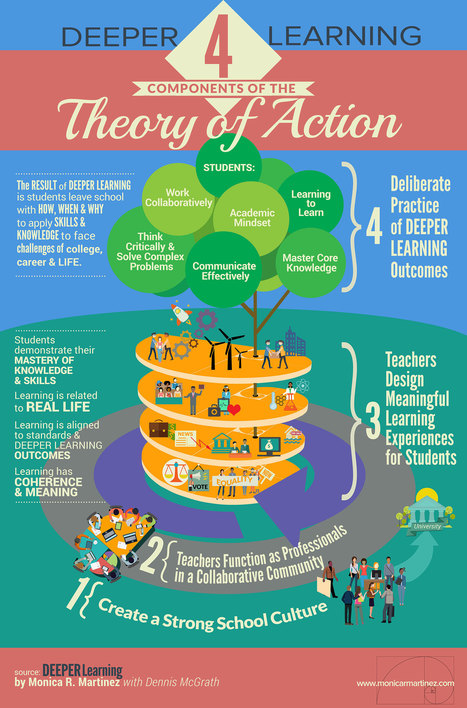
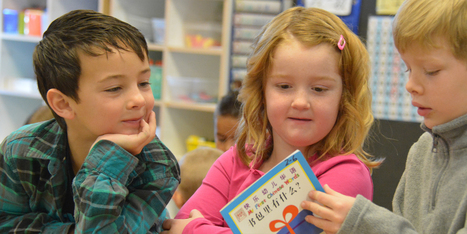
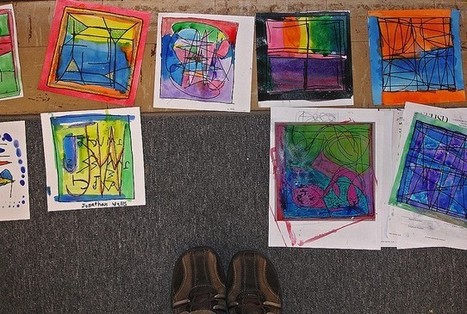

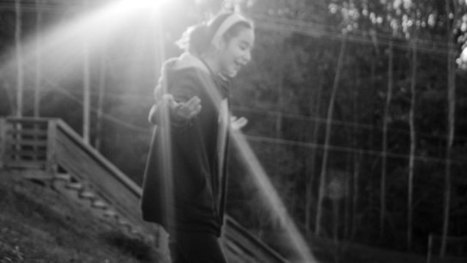
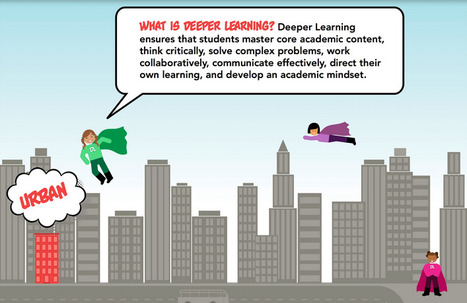
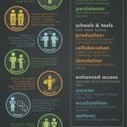
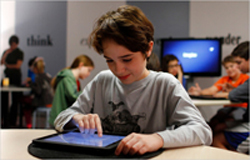





Expeditionary learning!